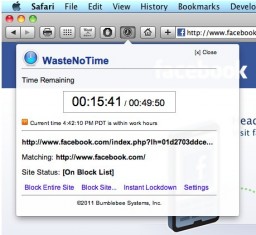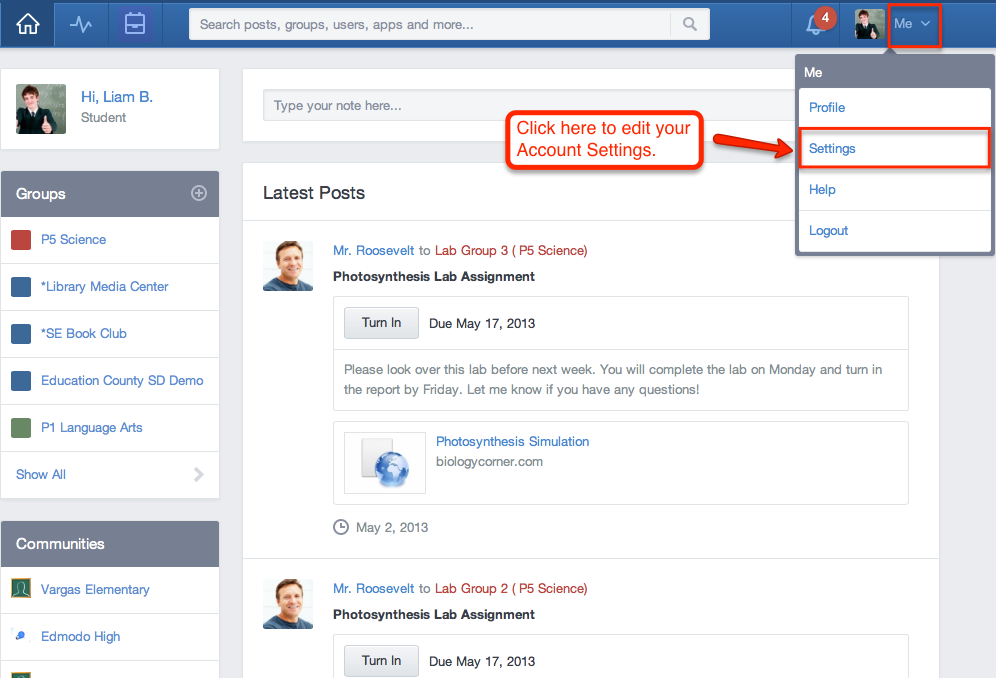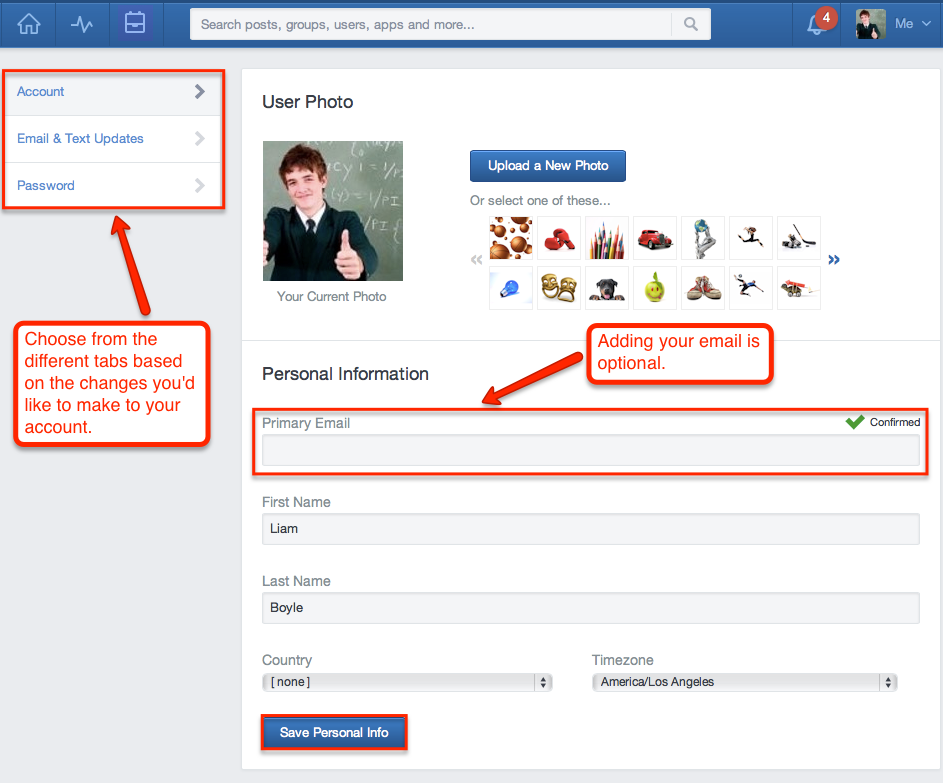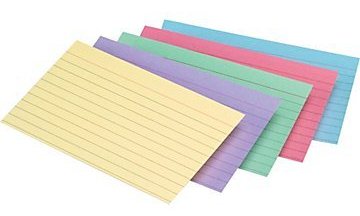THE CLASS
Are we actually reading all these books? Do we read the whole book of each selection? How many books do we read this year? Do you do in class group readings?
You should complete an “elite eight” of titles by the end of the course. Some we’ll read in class together, and the others you’ll read on your own. I’ll assign the bulk of the works, but you’ll have a few opportunities for input into what we’ll be reading. If you’re talking about reading aloud for the class, no.
Will we be reading more modern or older books?
The works I’ve selected are a blend of both. We’ll be spanning the gamut from ancient Greek drama to 20th-century masterpieces. And no, they won’t all be Shakespeare.
Are there other readings other than listed?
We will read a few short works at the very beginning of the course to warm up your literary engines. We will also study poetry throughout the course alongside the major plays and novels.
Is the reading going to be very hard to understand?
Some works will be more challenging than others. If you work diligently and ask questions, you should be fine. Students who complain that books are impossible are usually the ones who either 1) Haven’t read them at all and are trying to justify using the SparkNotes instead (not recommended) or 2) Procrastinated until they couldn’t complete the assigned reading, even if they intended to, and are therefore lost because they have no idea what everyone else is talking about. But if you ever do hit a snag, ask me. Helping you is my job!
What is the workload like? Will we have a lot of homework?
Plan to do some reading nearly every night when you have an assigned novel in hand. Other assignments, like out of class essays, will have due dates for both the initial draft and the final copy to be submitted for grading posted well in advance so you can plan for them. Class will be a mixture of individual and group work, while homework is usually reading, completing tasks associated with the reading, poetry journals, and occasional out of class writing assignments or projects. Socratic seminars will be conducted at the end of each major work; you will be expected to prepare for these by completing a Six Pack Sheet as you read. More details later.
Will I be expected to read at my own pace, or are we given a schedule for when certain books should be read?
I don’t usually specify a certain number of pages per night, since all of you differ in the kind and amount of homework you have. I will post on the class calendar how far you need to progress at certain points, like everyone being at the end of Chapter 10 on a particular date. Those days are usually posted on the whiteboard in the front of the class as well.
How often will we write? How many essay types will we work on?
Writing practice happens frequently. Expect either an in-class timed writing or an out-of-class prepared essay for each major work. Out-of-class essays and the occasional revision of an in-class writing will be submitted electronically. You’ll also be practicing the prose and poetry questions of the AP exam. AP Lit essays, since they explore themes within works, are nearly always a kind of analysis. There is no synthesis-style question on the AP Lit exam. Figure on about an essay a week, on average. Alas, there’s very little time available for creative writing (short stories/poetry), but if you’re inclined to write that, I’d love to hear about it!
Is this class harder than AP Lang?
That’s tough to answer. Both Lang and Lit are asking you to analyze writing at some of the highest levels. They’re designed to stretch you. They look at two different things, though. Lang focuses on claim and support for argumentation and primarily focuses on nonfiction works (essays, letters, speeches, etc.), while Lit asks you to provide textual evidence for interpretation of meaning. The claim and evidence structure is the same, but the type of claim and the evidence differ. If you tend to love novels and plays more than nonfiction, you might find Lit “easier,” although that’s really not the best word for it.
How many tests but we have per month? Is there a curve on tests?
You’ll be writing far more often than you’ll be taking a test. An occasional reading quiz (quote and short answer format, primarily) might pop up, but old-school, end-of-chapter tests with a bajillion multiple choice questions? Not in here. Most of the multiple choice questions you’ll see will be AP practice items, and they aren’t graded like regular tests. I rarely curve because I rarely need to.
What materials do we need?
Didn’t you read the syllabus? Notebook paper, a writing utensil (preferably pen), and a composition book. NO SPIRALS. Why? Because spiral notebook paper likes to have inappropriate relations with other spiral notebook paper, littering my desk with wee spiral shrapnel and generally making a nuisance of itself. Spiral paper is no bueno. If you can tear pages out of a spiral neatly and without that evil shredded wheat on the side, okay—but you’re pushing it!
 What is life like when you take AP Lit?
What is life like when you take AP Lit?
Pretty much like life without it, but with more books. Seriously, though, that depends on what kind of reader you are. If you enjoy reading and writing or are really good at planning your study time, you should be able to fit things in just fine. If you put it off or take shortcuts, it will start to dog your life and make you say naughty things. If your procrastination level equals the completion date of the Majesty Building, then ask me for tips on how to become a ninja in completion rather than avoidance.
THE EXAM
How is the exam going to be set up?
The AP Literature exam has two parts. Part I, the Multiple Choice section, comprises 45% of the overall score. The section has 55 questions which will test your close reading of both prose and poetry. Selections will be drawn from pre-20th century and post-20th century works. This section takes one hour. Part II, the Free Response, comprises 55% of the overall score. You will write three essays. One asks you to respond to a poem, one asks you to respond to a prose passage, and the third asks you to select a work of literature to illustrate/explore a given theme. This section takes two hours. There is no reading period on the AP Literature exam.
Will I be surprised by the AP exam?
The only thing that will be a surprise on this exam will be the content of the questions themselves. You will practice every type of question several times so that you can be relaxed and ready to rock on test day.
What happens if I don’t pass the AP exam?
Technically, there is no “passing” an AP exam, since the 1-5 composite score expresses the College Board’s recommendation for conferring college credit for the coursework. Typically, most colleges award credit for a score of 3 or higher, which means less money coming out of your pocket for tuition. The course is designed to train you to produce college-level work. Regardless of your score on the exam, if you do your work diligently for me and listen to me when I try to help you improve, you should be just fine in college. Your high school credits and graduation status are not affected by your AP score.
COLLEGE AND WHATNOT
Do you write recommendation letters? How about help with college essays? Scholarships?
Yes, and yes. For letters, you might want to consider waiting until second semester, when I know you better, and ask me for scholarship recommendations or assistance. I’m happy to review essays as long as you give me some lead time. Last minute requests for either make me cranky; if I’m feeling benevolent, I might help you out—but you’ll have to grovel first. And I’ll put that picture on Instagram (you can bow your head in shame to hide your face, though).
Can you help with finding scholarships? What scholarships are available to seniors? How to obtain as much scholarship money as I can?
Attaining scholarships can feel like a real burden, but they don’t have to be. The main thing is to stay organized and apply, apply, apply. The best scholarships, and the ones you’re more likely to earn, usually require effort: a full application, an essay, etc. Make sure you qualify for the scholarship you’re applying for so you make the best use of your time. And keep checking the Dr. Phillips Student Services page—it lists scholarships all the time, usually organized by deadline.
Where did you go to college?
I earned my bachelor’s at Presbyterian College in Clinton, South Carolina. I double-majored in English and Fine Arts (drama/speech concentration) and minored in history. I earned a master’s at UCF in secondary English education. College was awesome. I highly recommend it.
What’s the best tip for doing well in senior year?
Plan. Schedule your commitments, including homework, community service, jobs, etc., and stick to it. Remember that even though it feels like you’re done with high school, it ain’t over ’til it’s over, and it ain’t over until May. Keep on pushing!
What are some good anti-procrastination techniques?
If I knew a great answer to that, I’d be a gazillionaire. Since I’m not, I’ll refer you to some great time management apps you should install on your phone or extensions to add to Chrome. Check out links to some of them in the “Simplify Your Life” menu to the right.
THE OTHER STUFF
Can we eat in class?
I’ve had seniors who swore to me that they would be neat but who actually turned out to be Visigoths. Don’t be like them. I’m fine with drinks in containers with caps. Finger snacks like Goldfish crackers or carrots are okay, but save anything you have to eat with utensils for later. And pick up your trash!
Can we listen to 70s/80s music all year? Can we listen to music in class? What’s your favorite band? What’s your favorite rapper/rap group?
I actually have pretty wide musical taste, so you’ll hear a little of everything except things I can’t concentrate to (sorry, screamo and hardcore rap). I won’t play music every day, but it makes regular appearances. As far as bands go, I have a bunch of music from R.E.M., Rush, Sting, The Police, U2, Jimmy Buffett, Foo Fighters, big band orchestras, Miles Davis, Liz Phair, and 80s music. I’m always open to new artists as long as they’re melodic, which is how my kids got me into Alt-J and St. Paul and the Broken Bones. And although rap is a genre I don’t listen to often, I like artists who have something intelligent to say in an interesting way, so bring on the Public Enemy, De La Soul, Childish Gambino, Kendrick Lamar, and Missy Elliott.
How long have you been teaching? What is your favorite thing about teaching?
Since last century. It’s never the same day twice, and being around young people keeps me young.
What’s your favorite children’s book/book?
Children’s books: Go, Dog. Go!, Charlotte’s Web, the Little House, Harry Potter, Percy Jackson, and Nicholas Flamel series, From the Mixed-Up Files of Mrs. Basil E. Frankweiler, and The Phantom Tollbooth.
Grown people books: Pride and Prejudice, Fahrenheit 451, To Kill a Mockingbird, and Winter’s Tale.
Other favorites (color, animal, country, TV show, movie, thing ever)?
• Blue, green, or purple (depends on the day)
• Horses for beauty and dogs for loyalty and companionship
• Scotland, because it’s the home of one of my hidden talents—traditional Scottish Highland dance. My other “hidden” talent is that I’m a published author.
• British murder mysteries, especially those with history like Foyle’s War and Grantchester, The Big Bang Theory, classic Star Trek. I also enjoy hate-watching House Hunters.
• The Princess Bride, Better Off Dead, Raising Arizona, Young Frankenstein, Galaxy Quest, The Emperor’s New Groove, and Monty Python and the Holy Grail. And Star Wars. All of it. Even The Phantom Menace, because you should always be kind to the awkward people.
What was your hair color before it was grey?
Medium to dark brown. It’s still in there, but the white is taking over. Look closely and you’ll see.
What’s something you’ve never said aloud? What’s the craziest thing you’ve ever done?
If I’ve never said it aloud, why would I write it down? And probably agreeing to an AMA with high school seniors, LOL.
What is your favorite subreddit? Do you use Reddit a lot?
Actually, I don’t use Reddit at all, but if I did, you’d find me with the writers and geeks and general know-it-alls. I’m all over Twitter, however.
Could Ned Stark have found a way out of that “situation”?
Not really. His loyalty was to Robert Baratheon, so it’s not like he could refuse the request to become the Hand of the King. And he was basically too honorable to think that Cersei Lannister was plotting to get him and King Robert out of the way, but he figured it out. Too bad it was too late when he did. I’m sure Arya will set things straight, though. She’s on a roll.
Is this class going to be lit?
If you’re being literal, then of course, because it’s already LITerature. If you mean the colloquial phrase closely related to “turnt,” then clearly you haven’t received proper intel, or you’d know the answer to this question already.
How many licks does it take to get to the center of a Tootsie Pop?











 tand in for what I specified. I can’t tell you how valuable this skill will be in college, where your course syllabi will rule your life in ways you can’t even imagine now.
tand in for what I specified. I can’t tell you how valuable this skill will be in college, where your course syllabi will rule your life in ways you can’t even imagine now.


 Note cards
Note cards Single Sheets
Single Sheets Dropbox
Dropbox
Learn as You Go: How to Succeed in AP Lit
Plan Your Reading – Senior year can become great practice for college. A heavy class load, lots of responsibilities, extra activities like college and scholarship applications, and the usual demands at home and work can really eat up your time. Plan your reading so you don’t get behind. Divide the number of pages you need to read by the number of days available, and read a little every day. It’s okay to schedule in breaks as long as you maintain your pace.
Take Note – In college, you’ll be able to mark up your books, since you’ll probably be buying your own copies. With plays and novels, you have two primary options: sticky notes or directly on your Six Pack Sheet. When you come across something in a book that makes you go “Hmm…” or “Aha!” or “I wonder…”, that’s something to note. Poetry notations will go directly into your journal.
Once Is Not Enough – You always notice new details when you watch a movie for a second time. Why should reading be any different? Rereading is okay. In fact, it’s encouraged! If you’ve read one of our class selections before, don’t decide you can skip it this time. You’ll gain more from the rereading and probably make some insights you missed the first time.
Connect – Read everything with a question mark in your head. How does this sound familiar? Why does this image keep recurring, and what could it mean? Where have I seen characters like these before, and what happened to them? What were people like during this period of history, or how did this event change people’s lives? Connection is the way human brains make ideas stick. The more you connect what you read with something you already know, the more you’ll be able to recall and analyze later.
Check the Website – When in doubt, check this website. Background information on the author or the context of the book can sometimes be a key that unlocks an idea in a play or novel.
Keep thoughts thoughts bubbling. Happy reading!
Comments Off on Learn as You Go: How to Succeed in AP Lit
Filed under AP Literature
Tagged as AP, archetypes, background, commentary, discussion, organization, thinking